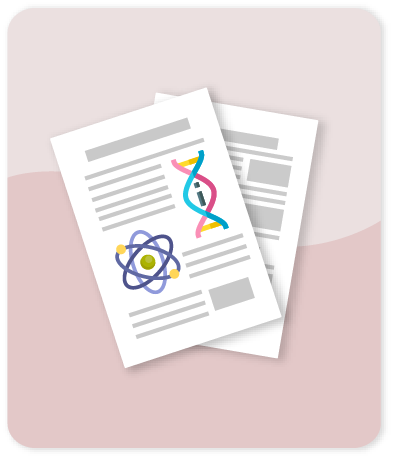Dry-co-grinding of doped TiO2 with nitrogen, silicon or selenium for enhanced photocatalytic activity under UV/visible and visible light irradiation for environmental applications

Compartir este ítem
Autor
Galeano L.
Valencia S.
Restrepo G.
Marín J.M.
Citación
Metadatos
Mostrar el registro completo del ítemResumen
TiO2 doped with nitrogen (N), silicon (Si), or selenium (Se) (N-TiO2, Si-TiO2, and Se-TiO2) were obtained by the integrated sol-gel and solvothermal method with short time of crystallization and low temperature. The UV/visible and visible light absorption and photocatalytic activity of these doped TiO2 materials were improved by a dry-co-grinding process with a short grinding time and low rotational speed (30 min at 200 rpm) to obtain N-TiO2/Si-TiO2 and N-TiO2/Se-TiO2 catalysts. The materials were characterized by XRD, Raman, BET surface area and porosity, XRF, SEM, TEM, FTIR-ATR, and UV/vis-DRS analyses. The photocatalytic activity of these materials was evaluated by the degradation of phenol under UV/visible and visible light irradiation. The integrated sol-gel and solvothermal methods with short time of crystallization (2 h) and low temperature (225 °C), and the dry-co-grinding process during 30 min at 200 rpm led to materials (N-TiO2/Si-TiO2 and N-TiO2/Se-TiO2) with higher specific surface area, a reduction in the band gap value, and an enhancement of the absorption in the visible light spectrum. Moreover, N-TiO2/Si-TiO2 and N-TiO2/Se-TiO2 exhibited higher photocatalytic activities for degradation of phenol under UV/visible and visible light irradiation than those obtained with the doped TiO2, synthesized TiO2 or TiO2 P25. © 2018 Elsevier Ltd
Colecciones
- Indexados Scopus [1632]
